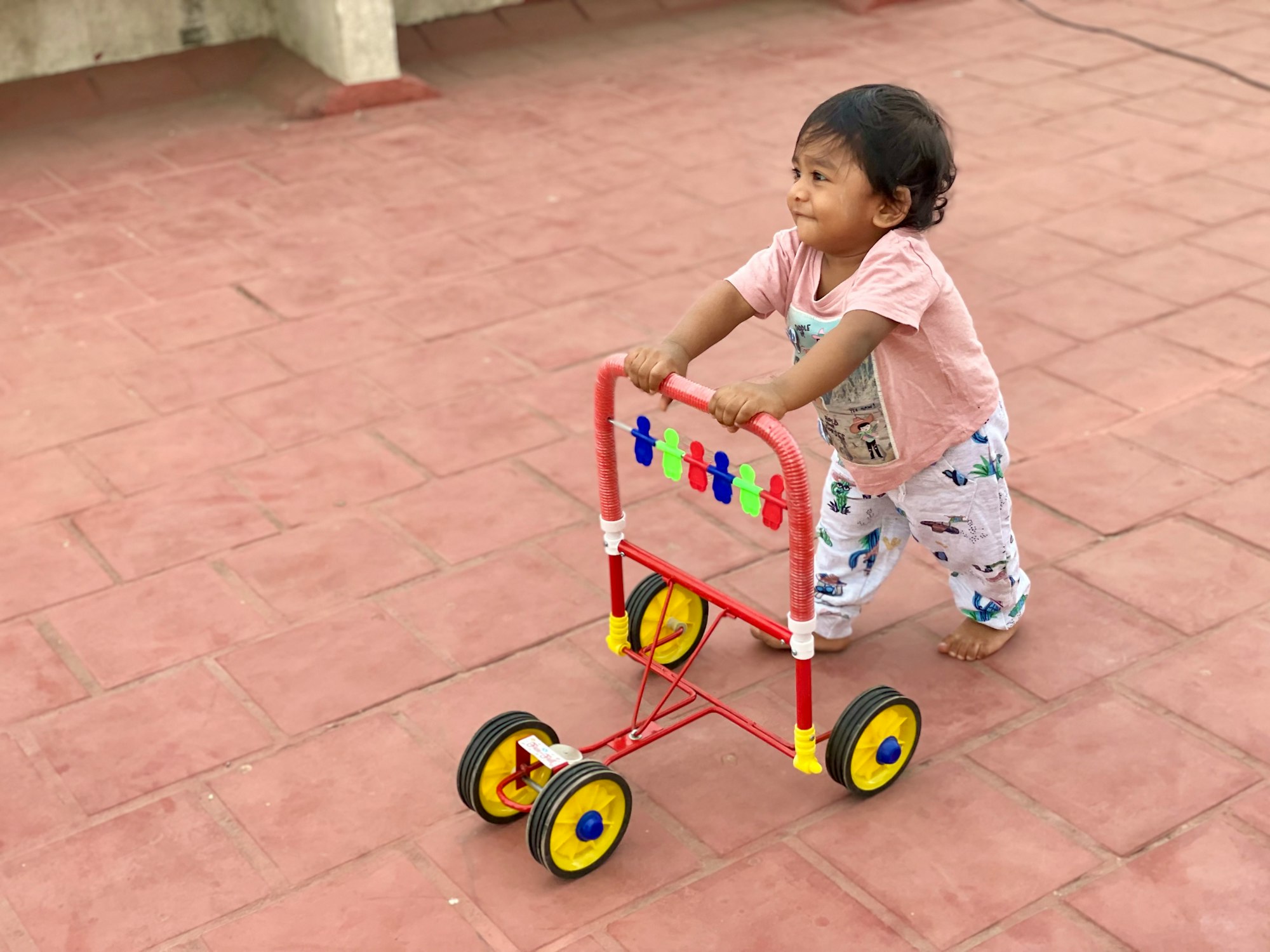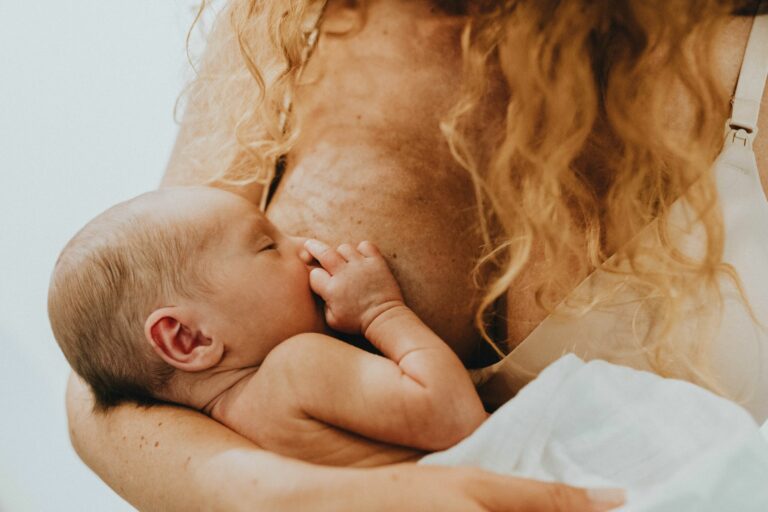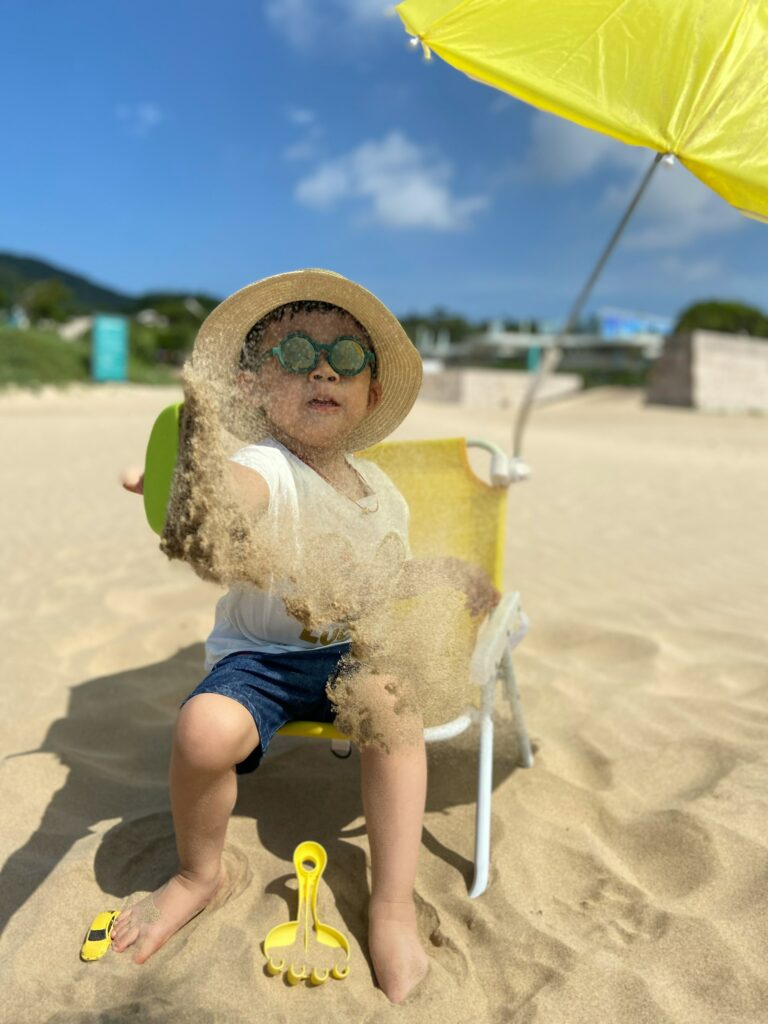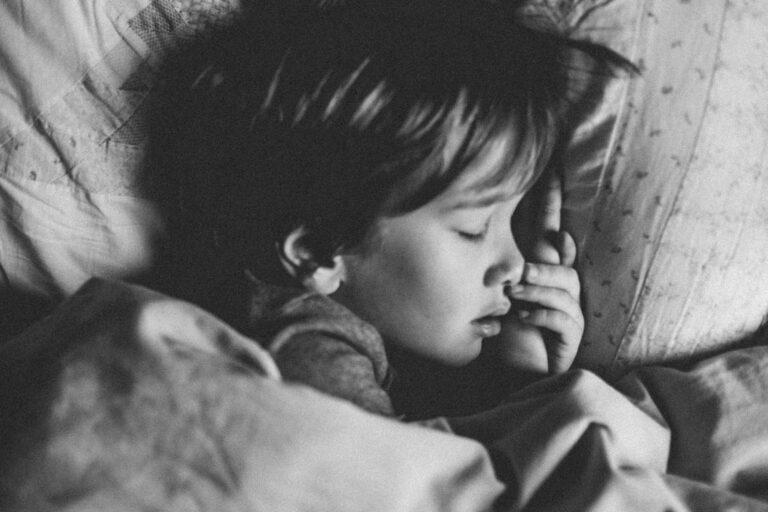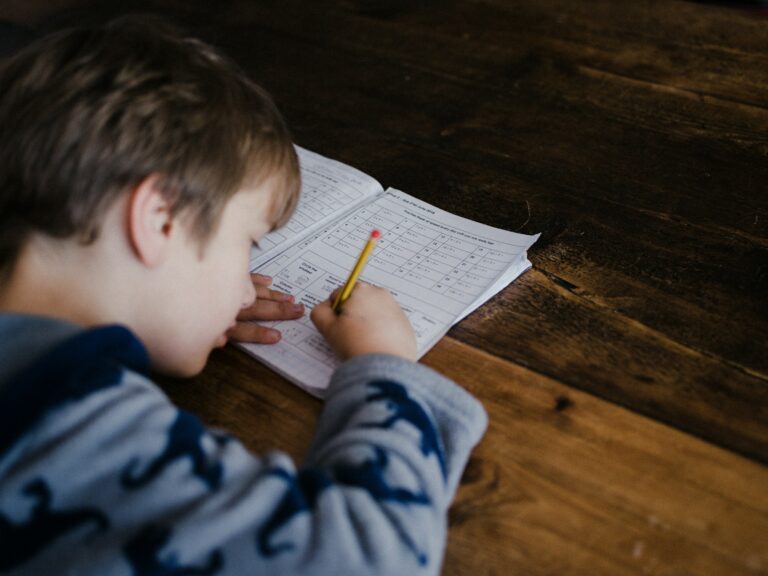From the moment a newborn curls its tiny fingers around yours, questions swirl through every parent’s mind—Is my child growing right? Are those little kicks, those first efforts to hold up the head, the sign of healthy child motor development stages? Or maybe, you’re quietly wondering if curiosity and movement will unfurl naturally, or if your little one needs a gentle nudge. Science shows that every baby writes its own story. Yet, a blend of medical explanation, expert advice, and daily practical tips might just turn confusion into confidence. Here, we’ll explore the journey from reflex-driven gestures to playful jumps and precise scribbles; tackle delays without panic; and guide you in shaping an enriched, safe, and loving environment—because, truly, growing up happens one small victory at a time.
Understanding Child Motor Development Stages: From Reflexes to Independence
Every parent marvels at those first head lifts and hesitant steps, yet the science is layered—not all movement is immediately purposeful. In the earliest months, primitive reflexes (think: sucking, rooting, grasping, Moro reflex) dominate baby behaviour, helping with feeding and first interactions with the world. It’s fascinating that these automatic responses, triggered by the brainstem, gradually fade as higher brain centers—especially the motor cortex—begin to mature through ongoing stimulation and sensory feedback.
Soon enough, you notice a transformation: controlled, deliberate actions replace reflexes. Pediatricians often underline how essential repeated movement is in this process—every kick, stretch, or roll during play bolsters myelination (the insulation of nerve fibres, which speeds up signals between the brain and muscles), while strengthening neural connections vital for fine motor skills and gross motor skills both.
Infancy: The Dawn of Movement
- 0–2 Months: Newborns, often holding limbs close with clenched fists, start showing those lovely jerky leg kicks on the mat. These motions are mostly non-volitional, but even so, they stimulate muscle tone, especially in the neck and back.
- 2–4 Months: Visual tracking emerges—scanning faces, following light. Brief attempts at raising the head during tummy time become frequent, prepping the spine and neck for more ambitious moves.
- 4–6 Months: Babies grab, drop, swat at toys, and (sometimes accidentally) roll from tummy to back. Here, eye-hand coordination takes root. Passing toys from one hand to another paves the way for more precise grip later—the celebrated “pincer grasp.”
The Joy of Movement Unleashed: 6 –18 Months
- 6–10 Months: A cascade of fresh abilities—the thrill of rolling both ways, sitting upright (first with, then without support), pivoting on the playmat, crawling, and eventually pulling up to stand. Notice how the urge to move seems rooted in curiosity: reaching for a rattle just beyond arm’s length, or wriggling closer to mum’s warm embrace.
- 9–18 Months: Suddenly, your little one is darting between furniture or tasting the art of independent steps. Parents sometimes wonder—is skipping crawling a worry? No definitive link shows that missing one stage derails overall child motor development stages; it’s the dawning of exploration and upright balance that matters. During this window, stacking, dropping, and filling containers with household objects refine dexterity and spatial awareness.
Toddler to Preschooler: Building Strength, Skill, and Social Bonds
- 18 Months–3 Years: With each sunrise, the world expands. There’s running, hesitant but eager, with frequent stumbles and giggles. Kicking a ball, dabbling with crayons, grasping child-safe scissors—here, both gross and fine motor milestones flourish. Turning pages, stacking blocks, even trying zips or buttons for the first time—celebrate every clumsy, determined effort.
- 3–5 Years: The playground becomes a stage for imaginative play, jumping games, and new social adventures. Hopping, skipping, and balancing on beams not only test coordination but boost self-esteem. Drawing “family” with stick figures, cutting along lines, threading beads or lacing shoes—these tiny challenges strengthen not just fingers, but also patience and independence.
Early School Age: Complex Coordination and True Independence
By age 5–7, coordination and agility broaden spectacularly. Many children can now skip, stand on one foot for longer moments, ride a two-wheeled cycle, and actively participate in sports. Fine motor skills leap forward: writing letters, making detailed drawings, finishing puzzles, handling tiny craft beads. It’s not only about mastering tasks, but also developing the confidence and motivation that lay the foundation for a lifetime of physical activity—what specialists now call physical literacy.
What Shapes Child Motor Development Stages? Bringing Science Home
Movement is more than muscles and bones. It’s a conversation between brain, body, and the world all around. Let’s break it down:
- Neurological growth: Rapid brain development, especially within the cerebellum and motor cortex, fine-tunes coordination and precision.
- Muscle and joint maturation: Growth spurts and ongoing strengthening of postural muscles create the stability that makes running or catching a ball possible.
- Genetics and hormones: Natural growth rhythms differ; some children show a burst of mobility early, others proceed more slowly but steadily.
- Nutrition: Adequate intake of proteins, micronutrients, and essential fats supports both muscle repair and neural development.
- Sensory perception: Reaching towards a mother’s smile or a flashing toy—every sight, sound, or texture integrates sensory information, wiring the brain for more effective movement.
- Environment: A space free from sharp edges or choking hazards, yet filled with objects to discover and safe surfaces to tumble on, invites exploration and independence.
- Stimulation and repetition: Consistent, loving encouragement (smiles, applause, gentle prompts) inspires children to try, try again—essential for psychomotor development.
Encouraging Everyday Motor Development: Practical Guidance for Parents
How to stimulate your child’s innate drive to move and learn? Sometimes, the less-is-more approach works wonders:
- Play mats and tummy time: Just a few safe minutes each day helps infants strengthen neck, chest, and arms—preparing for rolling and crawling later.
- Freedom to move: Instead of confinement to rockers or walkers, allow babies to roll, wiggle, scoot, or crawl. Trust that attempting, failing, and trying again is the real engine behind motor progress.
- Imitation and gesture games: Nursery rhymes with hand movements, songs that encourage clapping, or peek-a-boo build coordination and reinforce communication.
- Simple, open-ended toys: Blocks, soft balls, push toys, puzzles, even spoons and empty containers—these become tools for grip, stacking, pouring, and pretend-play.
- Household tasks: Sorting socks, pouring water, filling and emptying boxes—not just chores, but medical evidence suggests these daily challenges foster hand-eye synchrony and executive function.
- Creative activities: Drawing, colouring, sticking, painting—all nurture fine motor skills and finger dexterity. And remember, the messier the exploration, the deeper the learning!
The Montessori approach—prizing child-led activity, self-worth, and sensory-rich discovery—is especially in tune with this developmental phase. It’s not about fancy gadgets or structured lessons, but real opportunities for autonomy and experiential learning.
Recognising Signals: When to Pause and Seek Medical Advice
Bursts of skill can be wildly uneven, and delays in certain child motor development stages are common. Still, there are red flags that prompt a pause:
- Persistent trouble lifting the head by 3–4 months, no attempt to sit by 8 months, or lack of independent walking beyond 18 months may merit further evaluation.
- Difficulty grasping with both hands, stiff or floppy posture, or consistently favouring one hand before 18 months can hint at neurological issues.
- Sudden regression or loss of previously mastered skills always requires a medical check—sometimes indicating muscular or metabolic conditions needing swift intervention.
For premature babies, always compare to their “corrected age” (calculated from expected due date), as development typically follows its own adjusted timetable.
Most often, reassurance and simple guidance suffice. But early access to occupational or physiotherapy (in cases of genuine delay) can maximise potential and boost self-confidence, ensuring no learning window is lost. In all events, regular checkups with a paediatrician help track healthy progress and can quickly address any doubts.
Long-Term Impact: From Motor Skills to Character and Social Success
Why do so many experts focus on child motor development stages? Quite simply, because movement is the scaffolding of autonomy, health, and later learning. Developing physical literacy—that comfort, confidence, and joy in using the body—underpins not just sports talent, but resilience, focus, and social skills. By ages 2–3, the transition from playing side by side to true cooperation is in sight. Friendships blossom, imagination soars, and teamwork shapes emotional growth.
Physical activity reduces the risk of obesity, builds strong bones and muscles, and forms the habits for a healthy life. Over time, these early explorations—whether jumping in a puddle or threading beads—teach patience, self-control, and self-esteem.
Activity Recommendations by Age Group
- Infants: Supervised tummy time, daily free movement, exposure to new textures and sounds.
- Toddlers: At least 3 hours of play (indoors and outdoors), chasing, dancing, climbing, and creative building tasks.
- Preschoolers: Continue with 3+ hours daily, mixing vigorous games and fine motor challenges (block towers, cutting, pasting, musical activities).
- School-age kids: A minimum of 1 hour dedicated to moderate or intense activity—running, team sports, cycling, and artistic pursuits (dance, music, crafts).
Practical ways to boost movement and limit passive screen time:
- Reserve screens for less than 1 hour a day for under-fives.
- Walks to the market, dancing after dinner, spontaneous stretches—make every day active.
- Create small “activity stations” at home: baskets of blocks, colouring sheets, a ball in every room, musical instruments handy.
- Praise trial and effort, no matter the outcome—each step in the child motor development stages matters.
Key Takeaways
- Each child follows a unique progression through child motor development stages, guided by biology, environment, and personal rhythm.
- Both fine motor skills and gross motor abilities are key—one supports fine tasks like using spoons, the other builds confidence in running, jumping, and social play.
- Early, repeated movement shapes lifelong health outcomes, boosts brain development, and contributes to emotional well-being.
- If concerns surface, reaching out to a healthcare provider or paediatrician ensures your child’s path remains secure and well-supported—the first step to timely intervention.
- For personalised health trackers and tailored advice, parents can download the application Heloa: it’s a companion for monitoring, guidance, and free child health checks at your fingertips.
Questions Parents Ask
Can a child skip crawling and still develop normally?
Absolutely! Some children bypass crawling entirely and launch straight into walking, or shuffling on their bottoms, without any known negative long-term effects on coordination or learning. What is essential is forward movement along the child motor development stages—gaining balance, strength, and curiosity about their surroundings. If you notice an abrupt loss of movement skills or new challenges in abilities already gained, a visit to the paediatrician is wise.
How can I tell if my child’s motor development is on track?
It’s common to compare milestones, but nature isn’t always on a strict timetable. Steady progress in developing head control, reaching, grabbing, sitting, and eventually standing or trying first steps should reassure most parents. Fluctuations of a few months are generally normal. If there are concerns regarding delays across several areas—especially if combined with regression—a consultation with a healthcare professional is best.
What activities can I do at home to stimulate my child’s motor skills?
The simplest household routines often yield powerful results. Position your baby for tummy time on soft mats, encourage rolling and reaching for objects, or set up open space for crawling and first steps. Everyday utensils—blocks, spoons, balls, safe kitchen tools—can double as wonderful tools for movement practice. Gesture-filled songs, clapping, stacking games, and shape sorting foster both coordination and communication. Above all, offer a space where experimenting is welcomed and achievement, however small, is met with applause. Every playful interaction will nurture growth and self-assurance.
Further reading:

